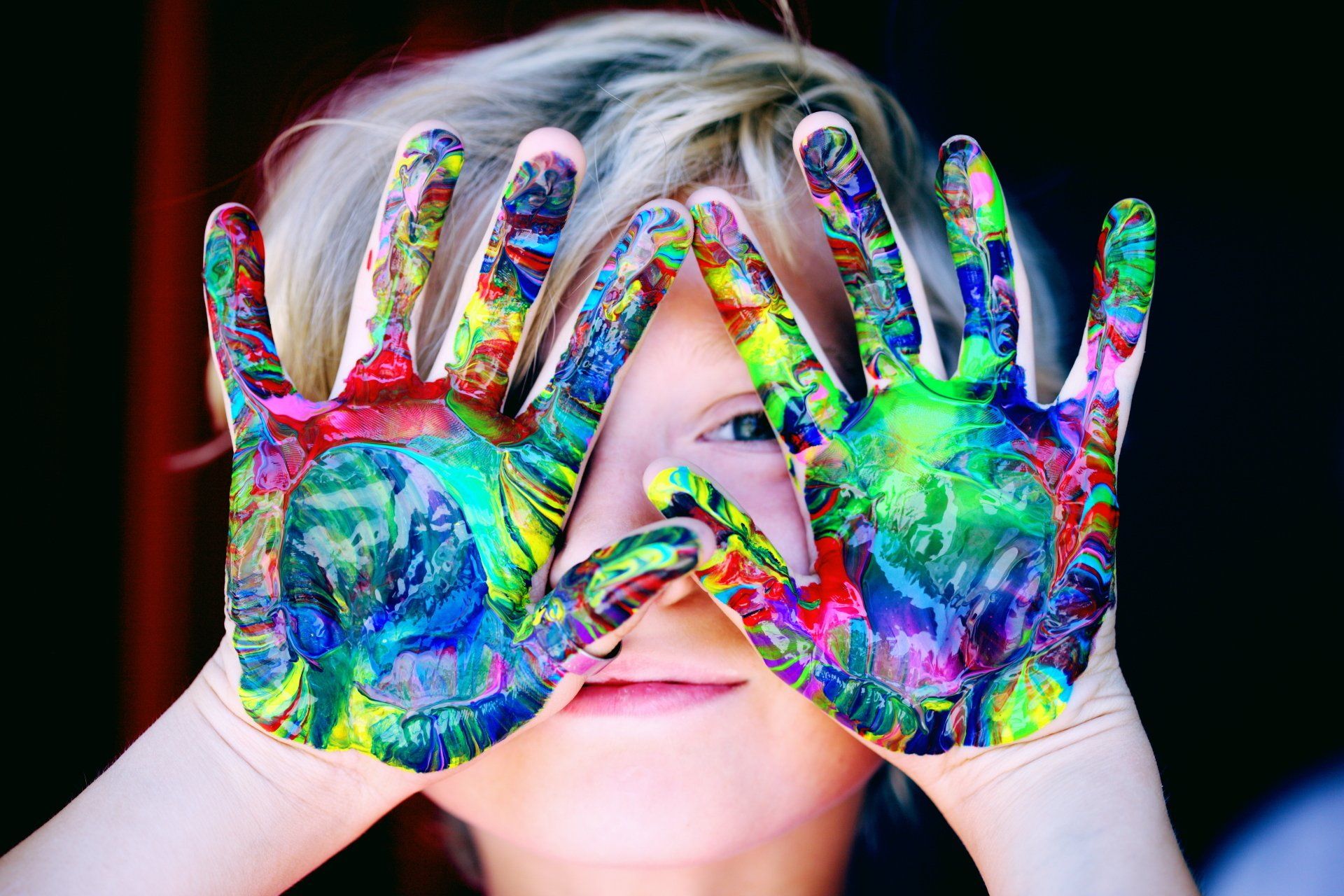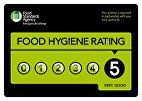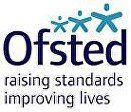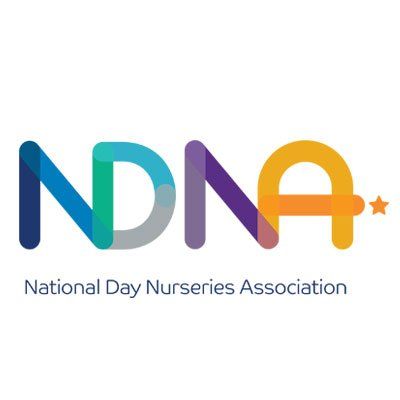Learning Styles and Early Education
Learning Styles and Early Education
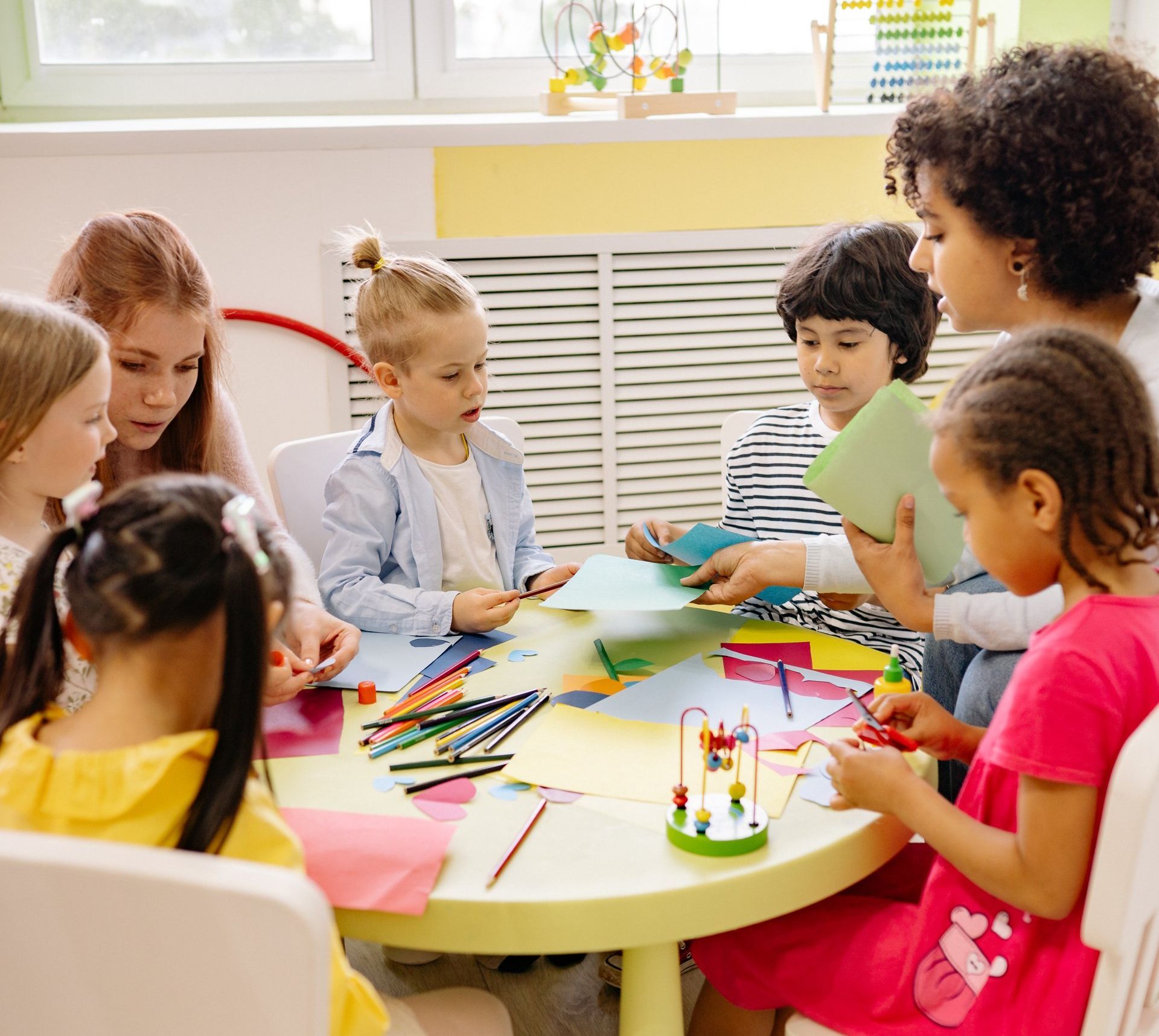
Understanding how children learn best is crucial for their development, especially in their early years. By recognising and catering to different learning styles, parents and educators can create an environment that enhances learning and growth. This article will explore the main learning styles—Visual, Auditory, and Kinaesthetic—and provide practical tips for parents and educators to support children aged 0-5.
Understanding Learning Styles
Learning styles refer to the preferred ways individuals absorb, process, and retain information. In early childhood education, the three primary learning styles are Visual, Auditory, and Kinaesthetic. Recognising these styles can help in tailoring educational approaches to meet each child's unique needs.
Visual Learning Style
Visual learners understand and remember information better when it's presented in a visual format. These children often:
- Enjoy looking at books and pictures.
- Prefer written instructions.
- Learn through observing and visualising.
Effective Strategies for Visual Learners
- Use colourful charts and diagrams.
- Incorporate visual aids like flashcards and picture books.
- Encourage drawing and painting activities.
Activities for Visual Learners
- Story-time with illustrated books.
- Puzzles and matching games.
- Watching educational videos.
Auditory Learning Style
Auditory learners excel when information is presented through sound. These children typically:
- Enjoy listening to stories and music.
- Prefer verbal instructions.
- Learn through listening and speaking.
Effective Strategies for Auditory Learners
- Read aloud to them frequently.
- Use songs and rhymes to teach concepts.
- Encourage discussions and storytelling.
Activities for Auditory Learners
- Singing educational songs.
- Listening to audiobooks.
- Participating in interactive read-aloud sessions.
Kinaesthetic Learning Style
Kinaesthetic learners thrive when they can move and touch. These children often:
- Prefer hands-on activities.
- Learn by doing and exploring.
- Have lots of energy and enjoy physical play.
Effective Strategies for Kinesthetics Learners
- Incorporate physical and Kinesthetics activities into learning.
- Use hands-on materials like clay and building blocks.
- Create learning games that involve movement.
Activities for Kinaesthetic Learners
- Playing with educational toys.
- Outdoor activities and nature exploration.
- Building and crafting projects.
Blended Learning Approaches
Many children exhibit characteristics of multiple learning styles. A blended approach can be beneficial, ensuring a more comprehensive educational experience. Here are some strategies:
- Combine visual aids with hands-on activities.
- Use songs and movement to teach new concepts.
- Create a varied learning environment to engage all senses.
Practical Tips for Parents and Educators
For Parents
- Observe your child’s preferences and strengths to identify their learning style.
- Provide a variety of activities to see which ones resonate most with your child.
- Communicate with your child's educators to share insights and strategies.
For Educators
- Create a balanced curriculum that incorporates all learning styles.
- Use assessments and observations to understand each child's learning preferences.
- Foster an inclusive classroom environment that supports diverse learning needs.
Conclusion
Recognising and catering to different learning styles in early education is vital for fostering a love of learning and supporting each child's development. By applying these insights, parents and educators can create enriching experiences that cater to visual, auditory, and kinaesthetic learners alike.
FAQ
How can I identify my child's learning style?
Observe how your child interacts with their environment. Do they prefer looking at pictures, listening to stories, or engaging in physical activities? This can give you clues about their learning style.
What if my child shows characteristics of multiple learning styles?
It's common for children to have a blend of learning styles. Providing a variety of learning activities can cater to their diverse needs.
Are there any specific tools or resources recommended for each learning style?
Yes, visual learners benefit from picture books and flashcards, auditory learners from audiobooks and songs, and kinesthetics learners from building blocks and crafts.
How can I work with educators to support my child's learning style?
Share your observations with your child's teachers and discuss strategies that have been effective at home. Collaboration is key to supporting your child's learning.








